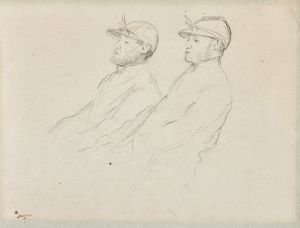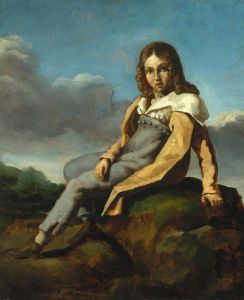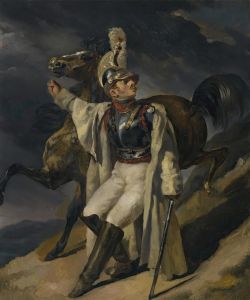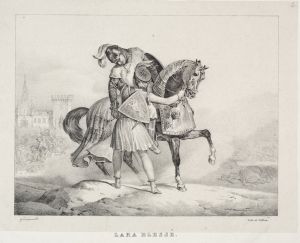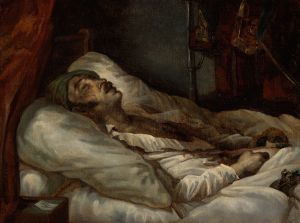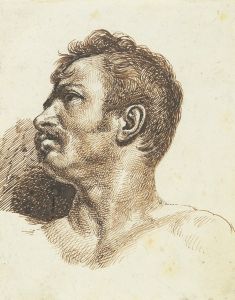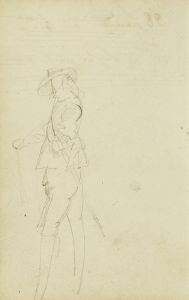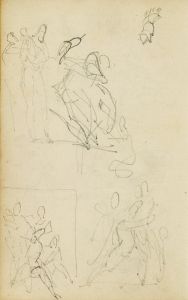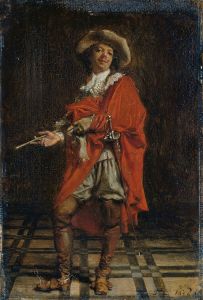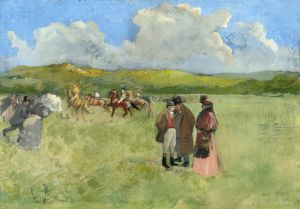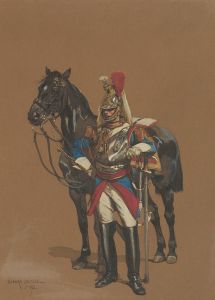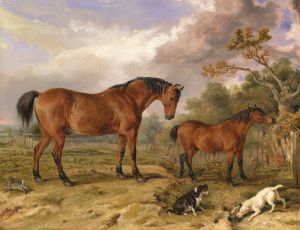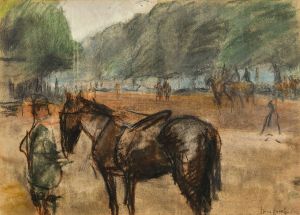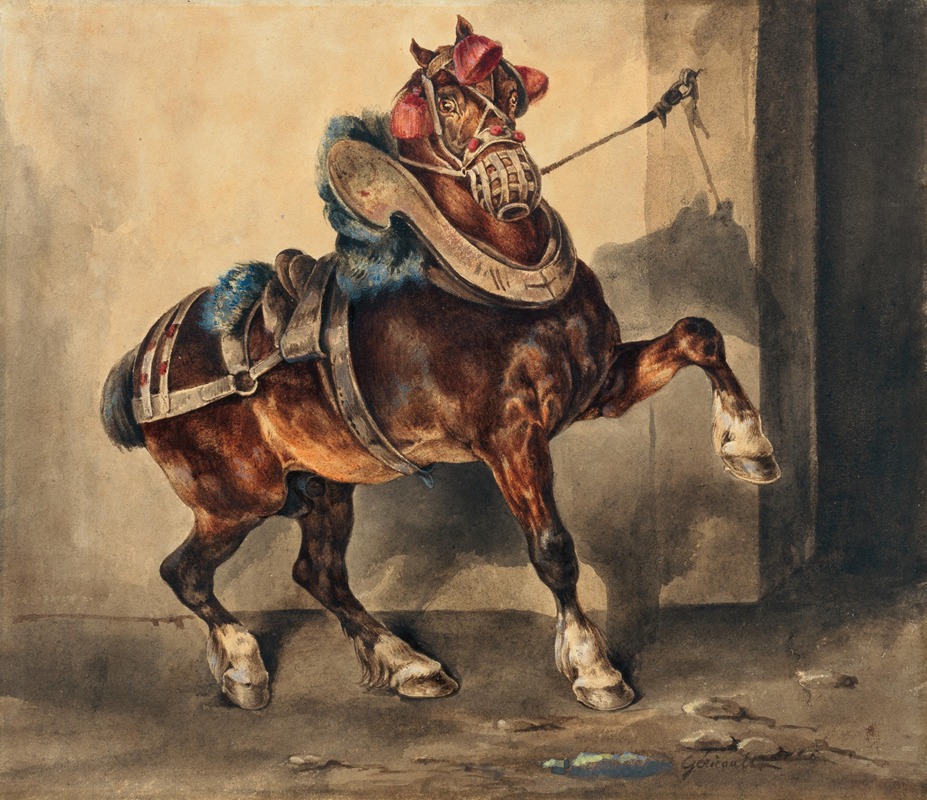
Le cheval du platrier
A hand-painted replica of Théodore Géricault’s masterpiece Le cheval du platrier, meticulously crafted by professional artists to capture the true essence of the original. Each piece is created with museum-quality canvas and rare mineral pigments, carefully painted by experienced artists with delicate brushstrokes and rich, layered colors to perfectly recreate the texture of the original artwork. Unlike machine-printed reproductions, this hand-painted version brings the painting to life, infused with the artist’s emotions and skill in every stroke. Whether for personal collection or home decoration, it instantly elevates the artistic atmosphere of any space.
Théodore Géricault, a prominent French Romantic painter, is best known for his dynamic compositions and powerful depictions of contemporary life. One of his lesser-known works, "Le cheval du platrier" (The Plasterer's Horse), exemplifies his keen interest in equine subjects and his ability to capture the vitality and strength of horses.
Géricault was born in 1791 in Rouen, France, and developed an early interest in art. He studied under renowned artists such as Pierre-Narcisse Guérin and was heavily influenced by the works of Peter Paul Rubens and the Baroque tradition. Géricault's fascination with horses is evident throughout his career, as he frequently depicted them in various states of motion and emotion.
"Le cheval du platrier" is a testament to Géricault's skill in rendering horses with anatomical precision and expressive detail. Although specific details about the painting's creation and history are scarce, it is believed to have been painted during the early 19th century, a period when Géricault was deeply engaged in exploring equestrian themes. This work is often associated with his studies for the monumental painting "The Raft of the Medusa," as Géricault was known to create numerous sketches and studies of horses during this time.
The painting portrays a horse, likely belonging to a plasterer, depicted with a sense of realism and vitality that is characteristic of Géricault's style. The horse's musculature is meticulously detailed, showcasing Géricault's understanding of equine anatomy. The artist's use of light and shadow enhances the three-dimensionality of the horse, giving it a lifelike presence. Géricault's brushwork is both fluid and precise, capturing the texture of the horse's coat and the play of light across its body.
Géricault's interest in horses was not merely artistic; it also reflected his personal passion for equestrian pursuits. He was an accomplished horseman and spent considerable time observing and sketching horses, both in stables and in motion. This dedication to studying his subjects is evident in the accuracy and dynamism of his equine paintings.
While "Le cheval du platrier" may not be as widely recognized as some of Géricault's other works, it remains an important piece within his oeuvre, highlighting his ability to convey the power and grace of horses. The painting serves as a reminder of Géricault's contribution to the Romantic movement, where emotion and realism were paramount.
Géricault's legacy as a pioneer of Romanticism is firmly established through his innovative approach to painting and his influence on subsequent generations of artists. His works, including "Le cheval du platrier," continue to be studied and admired for their technical mastery and emotional depth. Despite the limited information available about this specific painting, it stands as a testament to Géricault's enduring fascination with the natural world and his exceptional ability to bring it to life on canvas.





